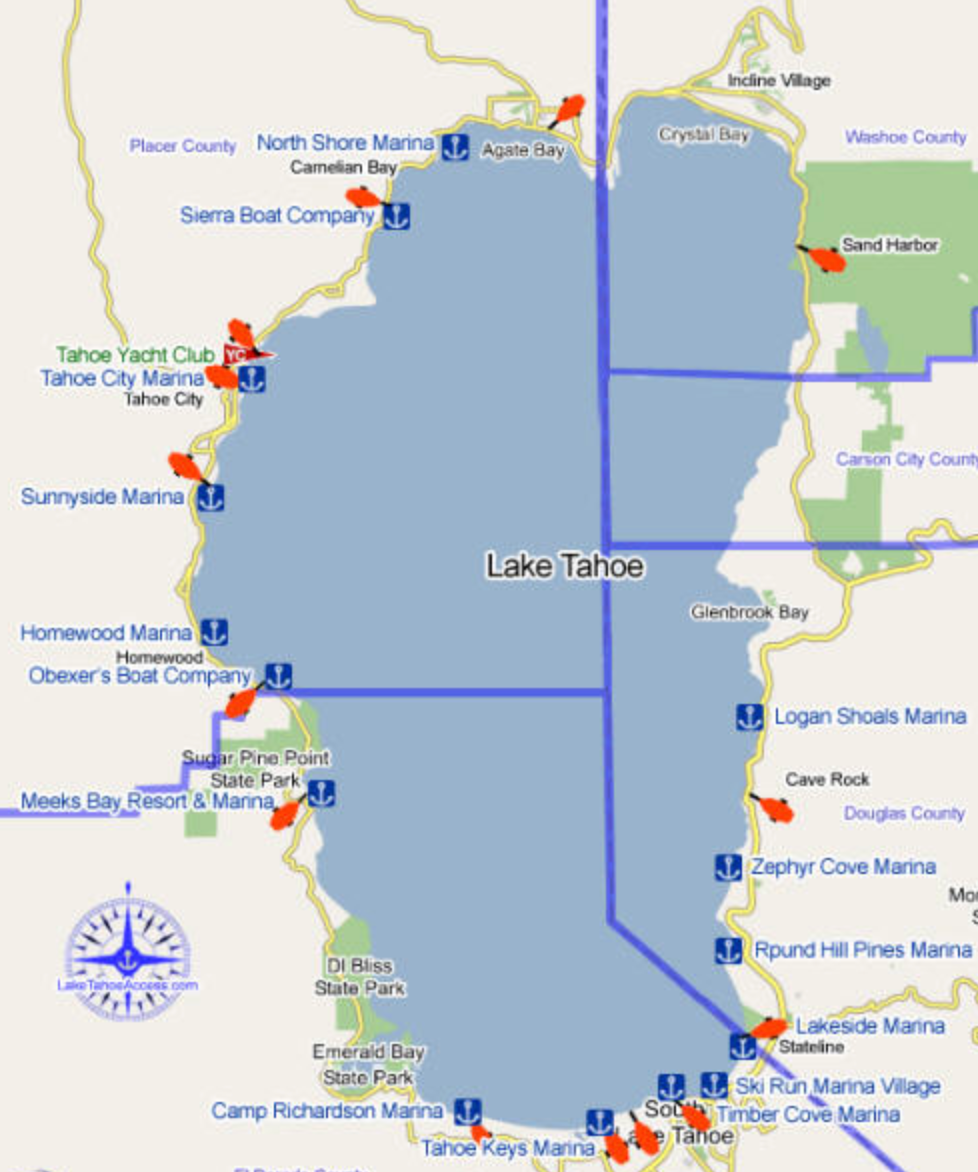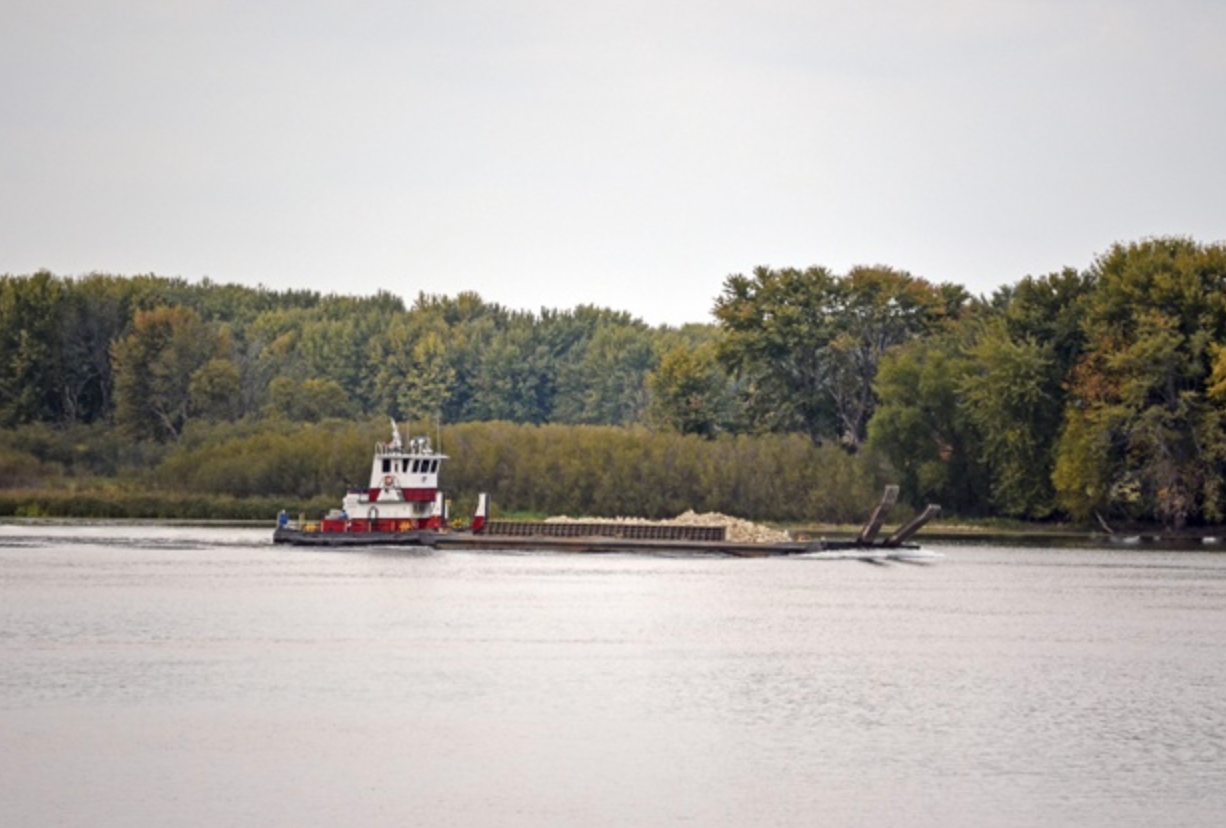Project Execution Overview
Removing 8+ miles of old lead cables is a complex endeavor, requiring careful strategic planning and coordination across a range of stakeholders. We're excited to partner with local experts as well as bring in the best firms nationally to execute this critical work.

Introduction
At its core, the Tahoe Lead Removal Project is a big recycling job. Our goal is to safely remove these lead cables from the water, transport them to land, and deliver to a lead smelter where the raw materials can be recycled and repurposed.
Executing each of these steps requires planning, oversight, and hard engineering work under and above the water. Below we’ve laid out a summary of how this project will be executed.
We are building off years of work by environmental organizations, telecommunication companies, government agencies, and a number of firms that have been collaborating on removal. Given all the permits were previously provided, and in the public domain, we know this project is possible as well as what it entails. We’ve confirmed that there are 3rd party partners eager to play key roles in successful removal. Ultimately its about getting the job done, and getting this lead out of Lake Tahoe.
Scope
The scope of the project involves the removal and secure termination of two discontinued submarine telecommunications cables located in Lake Tahoe.
The operation requires precise cutting and capping of the cables above the lake's high-water line and their complete extraction from underwater areas. The entire process will be conducted from a barge, ensuring no equipment staging on State or Federal lands to minimize environmental impact.
One cable intersects the shoreline, necessitating cut points on land. The second cable, situated across Emerald Bay, will undergo a similar cutting and capping process. As previously confirmed, the project complies with a comprehensive array of State and Federal environmental regulations.
Key components of the project include the use of a modular barge suitable for shallow water operations, along with an outboard skiff for maneuverability. The removal strategy includes the careful severing of the cable at predetermined points and the safe containment of any particulates produced during the cutting process. Environmental protection measures, such as minimizing airborne particulates by keeping the cable wet during cutting and the collection of cable fragments, are integral to the operation.
This project represents a significant effort to responsibly remove obsolete infrastructure from a sensitive natural area while ensuring compliance with environmental standards and minimizing impact on the surrounding ecosystem.
Timing
As previously scoped, the project is projected to take roughly two weeks, with accommodative weather conditions and minimal disruptions allowing for closer to 10 days. While this relatively short period of time provides for some optionality, there are a range of timing considerations given the distinct seasons of Lake Tahoe each year.
Given the region can experience heavy snowfall, winter removals are impractical. As summer months bring an uptick of boating activity, the strong preference across stakeholders is a spring or early fall removal to minimize any disruption of recreational activities.
Currently, our planning aims for removal in April - May 2025, with September 2025 a back up option if there are delays. These windows align with previous planning iterations, and provide for ample time for partners to organize and operate.
Execution Steps
We have broken down the workstreams into 3 execution steps, each requiring a 3rd party partnership.
1. Hosting: entry and exit point from the water
2. Extraction: physical removal efforts
3. Disposal: where the cables ultimately go
Hosting
As a predominately marine operation, appropriate entry to the water is critical. Given the lead cables location in the south west corner of the lake, the strong preference is for an option relatively close to the site to minimize transit times. There are a range of private as well as public options out of South Lake Tahoe, Stateline and Zephyr Cove, with additional potential options on the west shore and up in Tahoe City.
Any host site must provide adequate room for launching a barge into the water. Furthermore, there are storage requirements for additional vessels that will be used during the removal process as well as trailers for transportation.
Once removed, the cables will be wrapped on the barge before being delivered to the marina and loaded onto trucks. This critical step also brings requirements for these larger vehicles to have close access to the water.

Source: laketahoeaccess.com
Extraction
Once the barges have been launched each day, the engineering team will drive to the site to continue the removal efforts.
As a submarine operation, underwater divers are fundamental to the operation. Each day they will locate the cables and appropriately guide them onto the barge. The divers’ role is crucial, surveying their resting location for potential risks and ensuring the cables are directed such that they can be safely cut and secured, minimizing environmental impact by preventing any release of particles into the water or air. Fortunately, there are a range of firms have have extensive experience in such operations and proven proficiency in executing environmentally sensitive operations.
Once cut, the cables are immediately wrapped to contain all materials securely, a critical step to prevent potential contamination. The barge transports these wrapped cables to the host site, where they are offloaded onto trucks for delivery to the disposal partner. This process is repeated as necessary until all 8+ miles of lead cables have been removed from Lake Tahoe.
Although focused on removing the lead cables from the water, there will be a two on land removals as a part of this project at Baldwin Beach and Rubicon Bay. This will require hand digging of the sand and the secure capping. This project is not focused on complete land removal, which would introduce a much broader range of considerations.

Source: JF Brennan. Marine Support Photo Gallery.
Disposal
Upon successful extraction, the wrapped lead cables are loaded onto trucks and transported to a lead smelting parter. The lead smelting process melts down the lead components of the cables at high temperatures to separate the metal from any impurities or other materials. This process not only recovers lead but also prepares it for recycling, ensuring that this non-renewable resource is reused rather than disposed of in landfills. Recycling lead is significantly more energy-efficient than mining and processing new lead, thus conserving energy and reducing environmental impacts associated with lead production. Recovered lead can be repurposed for a variety of uses, including batteries, shielding for radiation protection, and construction materials.
The cables also contain other materials, including copper, which carry recycling value. The goal of the disposal phase is to ensure that as much of the material as possible is recycled, minimizing waste and maximizing the return of resources into productive use.

Source: Tampa Bay Times, picture of Gopher Resource facility.
Going Deeper
The above provides an overview of the key execution steps required for the removal of these lead cables. These considerations are not exhaustive of the many nuances of each component of the project. We will look forward to continuing to share details, including the 3rd parties we’ll be partnering with on each facet of the project.
As you're interested in learning more about any aspect of the project, or potentially partnering with us on one of the phases, please never hesitate to contact us.